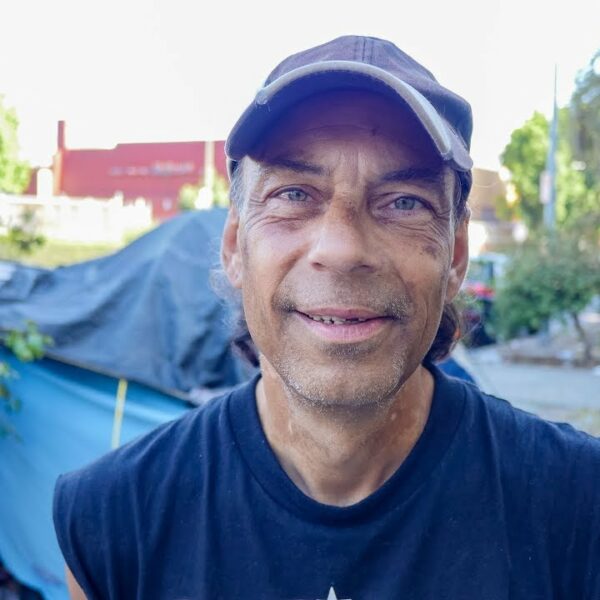Shortly before the New Year, outgoing President Donald Trump signed a law providing $25 billion in Emergency Rental Assistance through the Coronavirus Relief Fund (CRF) administered by the US Treasury.
States, cities, territories, and tribal areas must use the funds to provide housing stability for renters facing eviction or experiencing financial hardship caused by the pandemic. Cities and counties with more than 200,000 residents can request direct allocation from the Treasury.
President Joe Biden is working to pass another $1.9 trillion relief package known as the American Rescue Plan through Congress. The plan will largely continue existing programs while funneling much-needed relief into the pockets of millions of Americans.
Meanwhile, people are relying on CRF to provide much needed assistance for the near future. Here’s what the relief packages mean for program coordinators and people seeking assistance.
Program Coordinators
Both relief packages lay out clear criteria that define who qualifies for assistance, what the provided funding must cover, and requirements for landlords.
To qualify for assistance, applicants must meet at least one of the following criteria:
- one or more individuals qualified for unemployment benefits or experienced a reduction in household income, incurred significant costs, or experienced other financial hardship directly or indirectly due to the pandemic;
- the household can demonstrate a risk of homelessness or housing instability; and
- household income is below 80% of their area median income (AMI).
The law also requires jurisdictions to prioritize applicants with household incomes below 50% of AMI or with household members who are unemployed at the time of application.
The National Low Income Housing Coalition (NLIHC) said demonstrations of housing instability should include:
- self-certification of current housing-cost burden
- doubling or tripling up with other households
- accumulation or expectation of back rental or utility payments
- currently experiencing homelessness at the time of application
Applicants should be able to self-declare in writing. As an example, Utah uses a self-declaration form allowing applicants to attest to an economic hardship due to the pandemic and other qualifying criteria.
However, NLIHC also recommends that program administrators limit the amount of paperwork applicants must complete. They should also shy away from requiring an eviction notice for eligibility because the notice is often too late to prevent negative consequences for the tenant.
To ease the process for applicants, program coordinators should adapt other programs’ existing applications for their own program rather than create a brand new application process. That way, programs can get up-and-running quickly to disperse the benefits.
“Our observations of existing programs suggest that excessive documentation requirements can prevent tenants from completing their applications and over-burden program staff. Simple documentation requirements may increase accessibility for tenants, reduce administrative barriers, and increase the speed at which funding is distributed,” the organization said.
People Seeking Assistance
Both CRF and The American Rescue Plan provide a wealth of benefits for people seeking assistance through rental assistance programs and expansions of social welfare programs.
CRF released $600 stimulus payments to individuals making below $75,000 annually, with an additional $600 per child. Similarly, The American Rescue Plan will provide another $1,400 stimulus payment per person.
Where The American Relief Plan differs is that the plan directs several federal agencies to expand programs for supplemental nutrition, pause debt collections for veterans, and create coordinated entry programs for benefits.
For example, the plan will expand the Pandemic Electronic Benefits Transfer (P-EBT) program, which is designed to connect low-income families with kids with food dollars equivalent to the value of the school meals missed due to COVID-related school closures.
To date, the program has dispersed benefits totaling $5.70 per child per school day, according to The White House. By increasing the benefits by 15%, families could receive more than $50 extra per month in P-EBT benefits.
In an effort to reduce the structural barriers to housing and social benefits, The American Relief plan extends benefits to illegal immigrants as well as HUD- and USDA-assisted residents who accrue back rent after request an income recertification from their landlord or housing authority.
While NLIHC found no language in the CRF bill that restricts emergency rental assistance based on immigration status, the organization notes that the previous administration’s crackdown on immigration as a reason many communities are reluctant to apply for benefits or receive the COVID-19 vaccination.
On February 1, the Department of Homeland Security issued a statement saying the agency fully supports allowing undocumented immigrants access to the COVID-19 vaccine and will not conduct any immigration enforcement at vaccine distribution sites.
“It is a moral and public health imperative to ensure that all individuals residing in the United States have access to the vaccine. DHS encourages all individuals, regardless of immigration status, to receive the COVID-19 vaccine once eligible under local distribution guidelines,” the agency said.
NLIHC recommends allowing individuals flexible options to use their benefits to maximize their impact.
For example, NLIHC said tenants whose landlords who refuse to participate in relief programs should have their benefits dispersed immediately for the purpose of paying rent. Conversely, landlords who participate should be allowed to receive benefits in their tenant’s name, NLIHC said.













